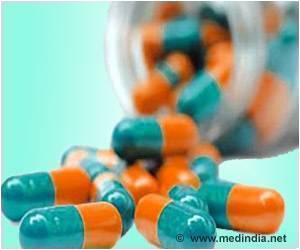A new way to enhance the effects of anandamide - a natural, marijuana-like chemical in the body has been identified by Italian researchers.

Previous work by the researchers indicates that compounds boosting anandamide's natural abilities could form the basis of pain medications that don't produce sedation, addiction or other central nervous system side effects common with existing painkillers, such as opiates.
"These findings raise hope that the analgesic properties of marijuana can be harnessed for new, safe drugs," said Piomelli, a professor of pharmacology. "Specific drug compounds we are creating that amplify the actions of natural, marijuana-like chemicals are showing great promise."
For the study, which appears in the Nov. 20 online version of Nature Neuroscience, he and his colleagues used computational methods to understand how FLAT binds with anandamide and escorts it to cell sites to be degraded by fatty acid amide hydrolase (FAAH) enzymes.
Anandamide has been dubbed "the bliss molecule" for its similarities to the active ingredient in marijuana. A neurotransmitter that's part of the body's endocannabinoid system, it's been shown in studies by Piomelli and others to play analgesic, antianxiety and antidepressant roles. It's also important in regulating food consumption. Blocking FAAH activity enhances several effects of anandamide without generating the "high" seen with marijuana.
Piomelli and his collaborators speculate that inhibiting FLAT (FAAH-like anandamide transporters) might be particularly useful in controlling certain forms of pain – that caused by damage to the central nervous system, for example – and curbing addiction to such drugs as nicotine and cocaine.
Advertisement









